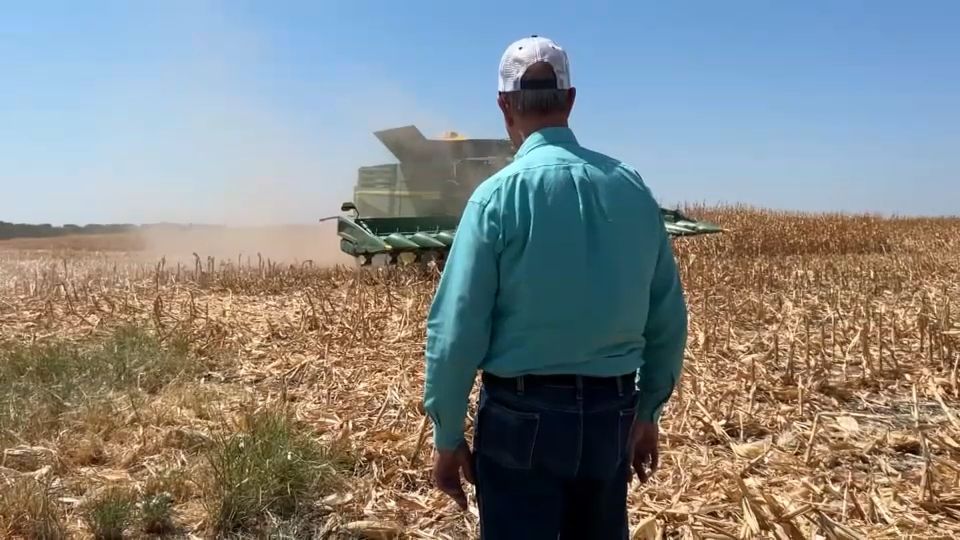COLUMBUS, Ohio — The latest statistics from the United States Department of Agriculture show 13.5% of U.S. households are food insecure.
"We've been seeing food insecurity trending in the wrong way for a couple of years now for a variety of reasons," said Joree Novotny.
Novotny is the executive director of the Ohio Association of Foodbanks.
She pointed to the end of pandemic-era responses as a major factor for the increase in need. Those include: expanded emergency SNAP allotments, expanded child tax credit payments and universal school meals.
“We’ve now seen rising household costs outpacing the rate of wage growth over the past couple of years and so that has really put a lot of pressure, especially on our lower resource, lower income households,” she said.
In 2023, Novotny said her team saw 42% more food pantry visitors across Ohio than before the pandemic while only having about 12% more food available.
“Some of the programs that were available during the pandemic like the universal school meals program, many of them are administered by the U.S. Department of Agriculture as part of the Farm Bill, so when folks are watching us talk about the Farm Bill and farm policy, a lot of those programs are targeted to help with food and nutrition programming,” agriculture expert Andy Vance said.
Novotny said the solution to fix food insecurity includes continued USDA programming and strengthened relationships with farmers.
If you have an idea for the Ag Report, a question for Chuck and Andy or you’d like to send a photo of your farm and the work you do, email charles.ringwalt@charter.com.











